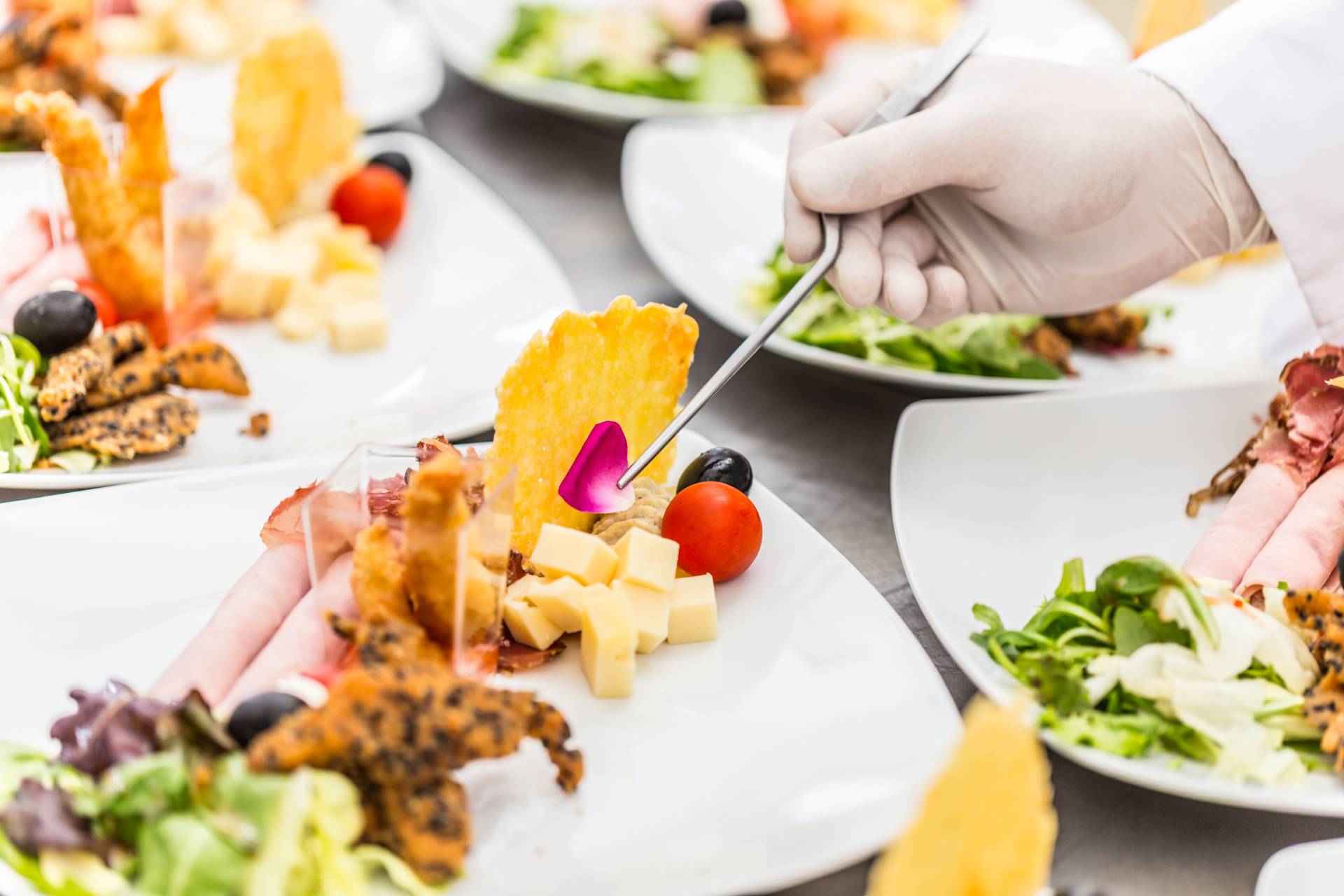Buffet vs. Plated Dinner: Pros and Cons for Your Event
When planning a large gathering or special celebration, choosing between a buffet or plated dinner can significantly shape the overall experience. From weddings to corporate functions, the style of meal service you select should reflect your event’s tone, logistics, and guest preferences. Before locking in your menu with your venue or caterer, take time to weigh the benefits and drawbacks of each dining style. The right choice can enhance guest satisfaction and ensure a smooth flow throughout the event.
Buffet-Style Dinners: Flexibility and Variety
Buffer dinners offer guests a chance to select their own meals from a spread of dishes typically arranged on long tables. This style is appreciated for its informal feel and extensive food options.
Pros
- Greater food variety: Buffets typically include multiple main courses, sides, and salads, allowing guests to build a plate that suits their preferences.
- Self-pacing: Guests can choose when they eat, which gives them more control and reduces the feeling of being rushed.
- Easier dietary accommodations: Buffets make it easier to offer vegetarian, gluten-free, or culturally specific options, which helps you make sure that you cater to everyone when planning the menu for your event.
- Cost efficiency: In some cases, buffets can be more budget-friendly due to reduced staffing needs.
Cons
- Long lines and wait times: Especially at large events, guests may have to wait to access the food, which can disrupt the flow.
- Presentation concerns: The display may become messy over time, affecting visual appeal.
- Limited formality: If your event is aiming for an elegant or formal vibe, a buffet might not deliver the sophistication you’re after.
Plated Dinners: Elegance and Structure
Plated dinners involve guests being served individual courses by waitstaff, often in a more structured and choreographed dining experience. This option is common for weddings, gala dinners, and other formal gatherings.
Pros
- Elegant presentation: Plated meals are generally more refined, often designed to look visually appealing.
- Time management: Because the meal is served in a controlled manner, event timelines (such as speeches or entertainment) can be more easily maintained.
- Guest comfort: No need to get up and wait in line; guests can remain seated and enjoy being served.
- Better portion control: With fixed servings, it’s easier to manage food quantities and waste.
Cons
- Limited choice: Typically, guests pre-select a meal option or are served a set menu, which may not suit everyone’s preferences.
- Higher staffing costs: More servers and kitchen staff are usually required, which can increase overall expenses.
- Less flexibility for dietary needs: Unless guests communicate special requirements ahead of time, accommodating allergies or restrictions can be challenging.
Match Your Meal Service Style to Your Event Type
Your event type should strongly influence your decision. If you’re hosting a casual celebration, family reunion, or community fundraiser, a buffet might encourage mingling and feel more relaxed. Conversely, a plated dinner often suits formal events like milestone anniversaries or award ceremonies, where maintaining a particular ambiance is important.
Think about your guest list, venue layout, and timeline. In a spacious banquet hall with a high guest count, buffets might be harder to manage efficiently without multiple serving stations. Alternatively, a smaller plated event can feel more intimate and streamlined.
Also, consider what your guests will appreciate most. Families with children might prefer the ease of a buffet, while older guests or corporate attendees may value the sophistication and comfort of a seated meal.
Budget and Staffing Considerations
Budget plays a crucial role in meal service decisions. While buffets often appear more cost-effective at first glance, costs can climb with high-end menu options or if multiple attendants are required to restock and maintain the stations.
Plated dinners, though typically more expensive due to staffing and preparation, can allow for more predictable budgeting. Pre-plated meals mean exact numbers, reducing food waste and allowing tighter inventory control.
Don’t forget to factor in your caterer’s capabilities and your venue’s facilities. Some venues are better equipped for one style over the other, and that can influence both your cost and service quality.
There’s no one-size-fits-all answer when it comes to buffet versus plated dinners. The best choice depends on your event goals, guest expectations, and logistical considerations. Always match your meal service style to your event type and make sure to cater to everyone when planning the menu. Whether in a grand banquet hall or in a more intimate setting, your choice of dining style can make a lasting impression. Thoughtfully weighing the pros and cons of each option ensures that your event is not only well-fed but also well-executed.


